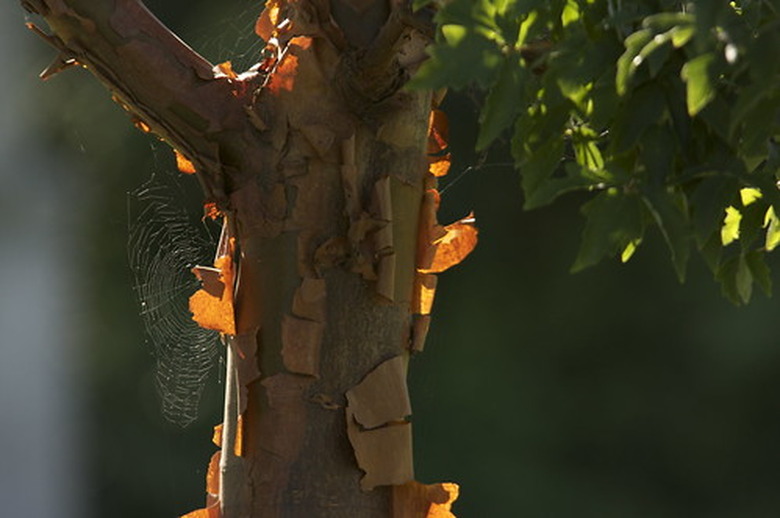Heritage Birch Tree Information
The heritage river birch (scientific name Betula nigra "Heritage") is the most popular and widely grown type of river birch tree. The distinctive bark is the main feature of the tree and sets it apart from other river birches. It is also disease-resistant and tolerates warm temperatures better than other river birch cultivars.
Origin
River birches are native to the American east from the northern gulf coast up to New England and Wisconsin west to Oklahoma. The cultivar 'Heritage' was discovered in St. Louis, grown by Earl Cully, and was originally named "Cully." The cultivar was later patented under the name Heritage in 1979. It is still being sold under the Heritage name all over the United States.
- The heritage river birch (scientific name Betula nigra "Heritage") is the most popular and widely grown type of river birch tree.
- The distinctive bark is the main feature of the tree and sets it apart from other river birches.
Description
Heritage birch trees grow to be 80 feet tall in optimum conditions, but they usually stay about 40 to 50 feet tall. As young trees, they have a pyramid shape, then grow out to a more rounded and erratic shape as they mature. The leaves are triangular and dark green on top with light coloring on the bottom. In autumn, the leaves turn yellow to brown.
Special Features
The Heritage river birch was selected as a cultivar because of its unique bark. All river birches have a bark that flakes off regularly in long thin sheets. Most river birches have orange and brown shades of bark. Heritage has rich shades of cream, purple, orange and salmon, which has made the most popular cultivar of river birch. The colorful bark makes Heritage interesting in winter after the leaves have fallen.
- Heritage birch trees grow to be 80 feet tall in optimum conditions, but they usually stay about 40 to 50 feet tall.
- Most river birches have orange and brown shades of bark.
Care
Heritage birches adapt to the climate of most of the continental United States in USDA Zones 4 through 9A. They prefer moist soil but can adapt to drier conditions. They are very suitable for riverbanks and areas that get periodic flooding and can survive in low-oxygenated soil. They prefer a slightly acidic soil and develop problems such as leaf yellowing in alkaline soils.
Uses
Heritage birch makes a nice specimen tree for shade. Its fast growth quickly makes a dappled shade when young, then a more dense shade when mature. It is good for shaping into a multi-trunk tree as an accent next to decks and patios.
- Heritage birches adapt to the climate of most of the continental United States in USDA Zones 4 through 9A.
- They prefer moist soil but can adapt to drier conditions.
- They are very suitable for riverbanks and areas that get periodic flooding and can survive in low-oxygenated soil.
Heritage birches are great for use near streams and along riverbanks to help prevent erosion. These trees are often planted in parks, golf courses and other public areas because they require so little care and produce a minimal amounts of debris.
